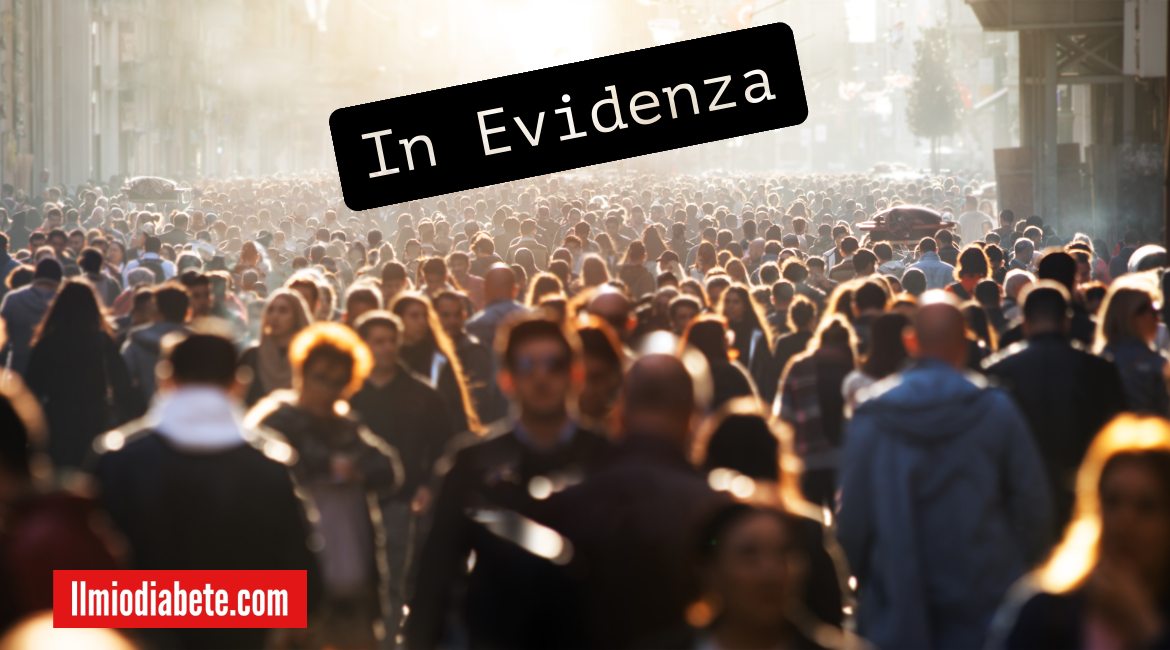
The glucagon-like peptide-1 (GLP-1) agonist drug, liraglutide, seems to provide excellent glucose control in patients with type 2 diabetes who are also taking a beta-blocker, specifically propranolol, to prevent bleeding from esophageal varices due to cirrhosis, but it seems to hamper the pharmacological effects of beta-blockers. A case report is published in Annals of Internal Medicine.
When using beta-blockers to prevent bleeding from esophageal varices, clinicians use the resting heart rate as a guide, as these therapies lower heart rate. GLP-1s are used to treat diabetes because they lower blood glucose levels and are especially useful when the patient is obese and has nonalcoholic fatty liver disease, but they are known to increase heart rate, although not significantly. No data are available on the concomitant treatment with GLP-1 analogues and ?-blockers in patients with cirrhosis and diabetes.
Researchers from University of Bologna, Policlinico Sant’Orsola-Malpighi, Bologna, Italy studied 18 consecutive patients with cirrhosis who were receiving propranolol to prevent variceal bleeding while also receiving liraglutide for uncontrolled type 2 diabetes. Liraglutide provided optimal control of blood glucose, HbA1c and body weight, but the researchers observed a lack of optimal effect of beta-blockers on heart rate after starting a GLP-1 receptor agonist. However, in this small cohort no increase in bleeding rate was observed. The researchers propose a mechanistic molecular explanation of how a GLP-1 receptor agonist might prevent beta-adrenergic receptor blockade.
